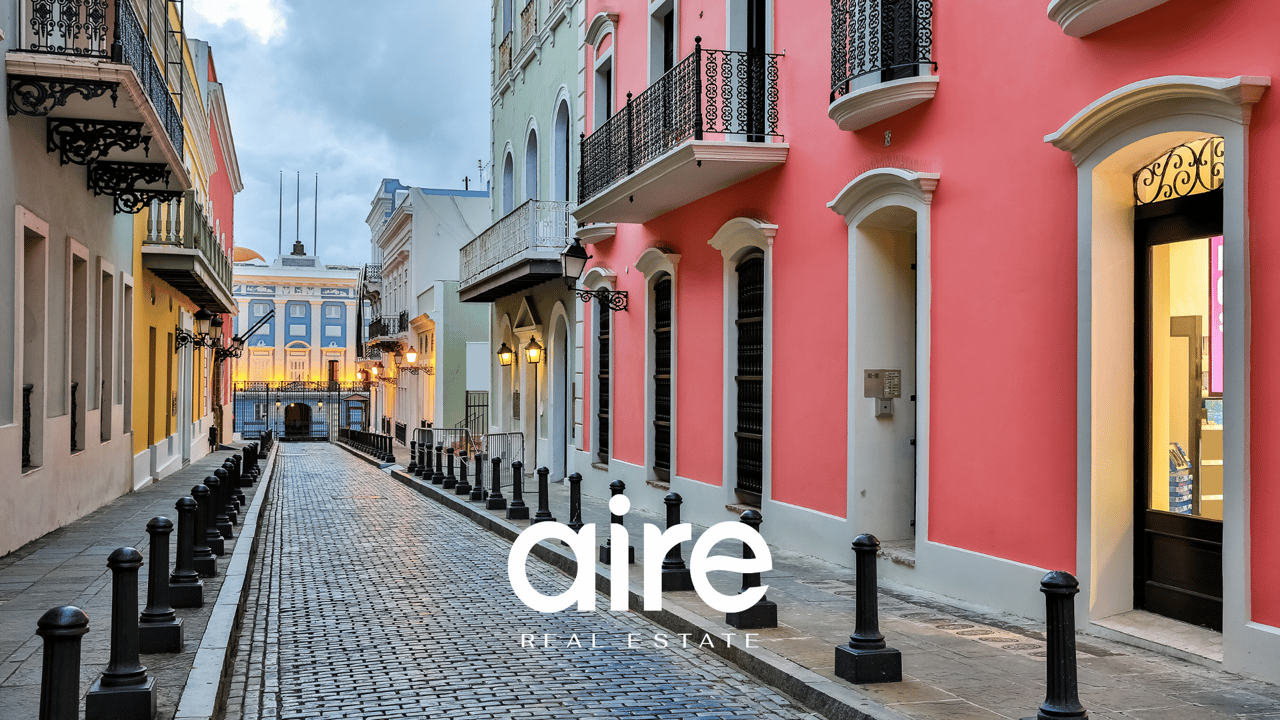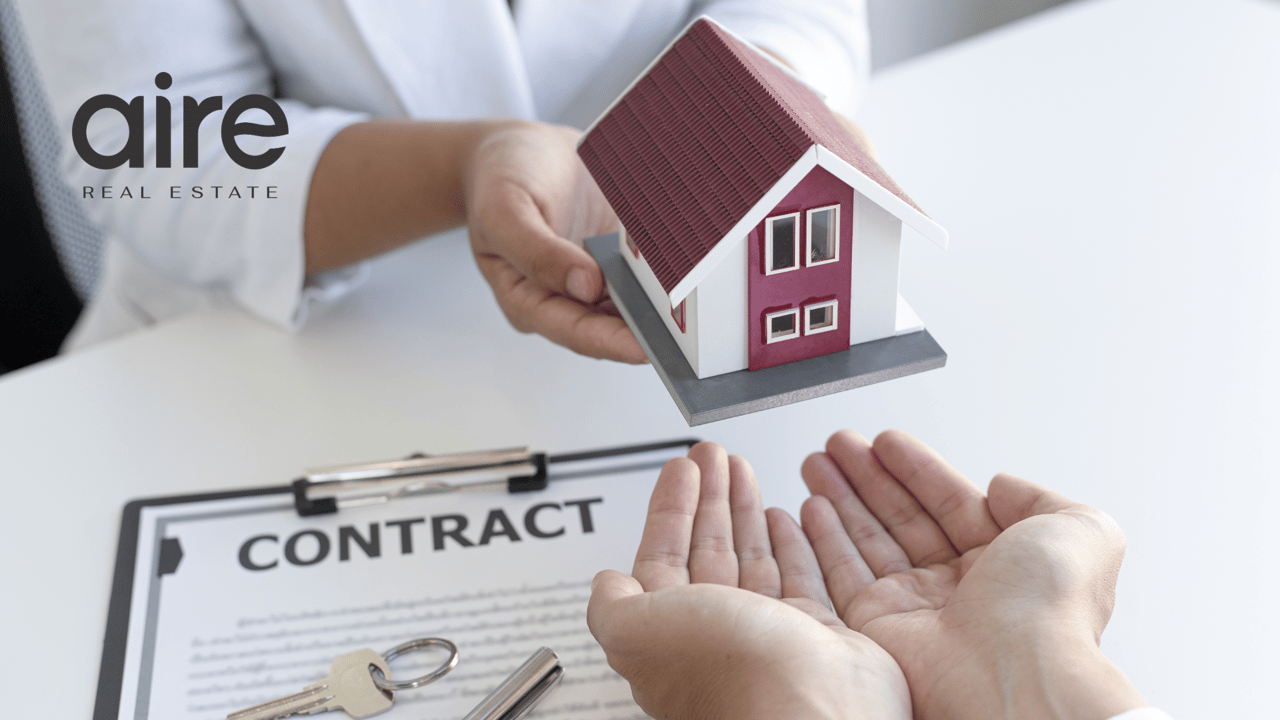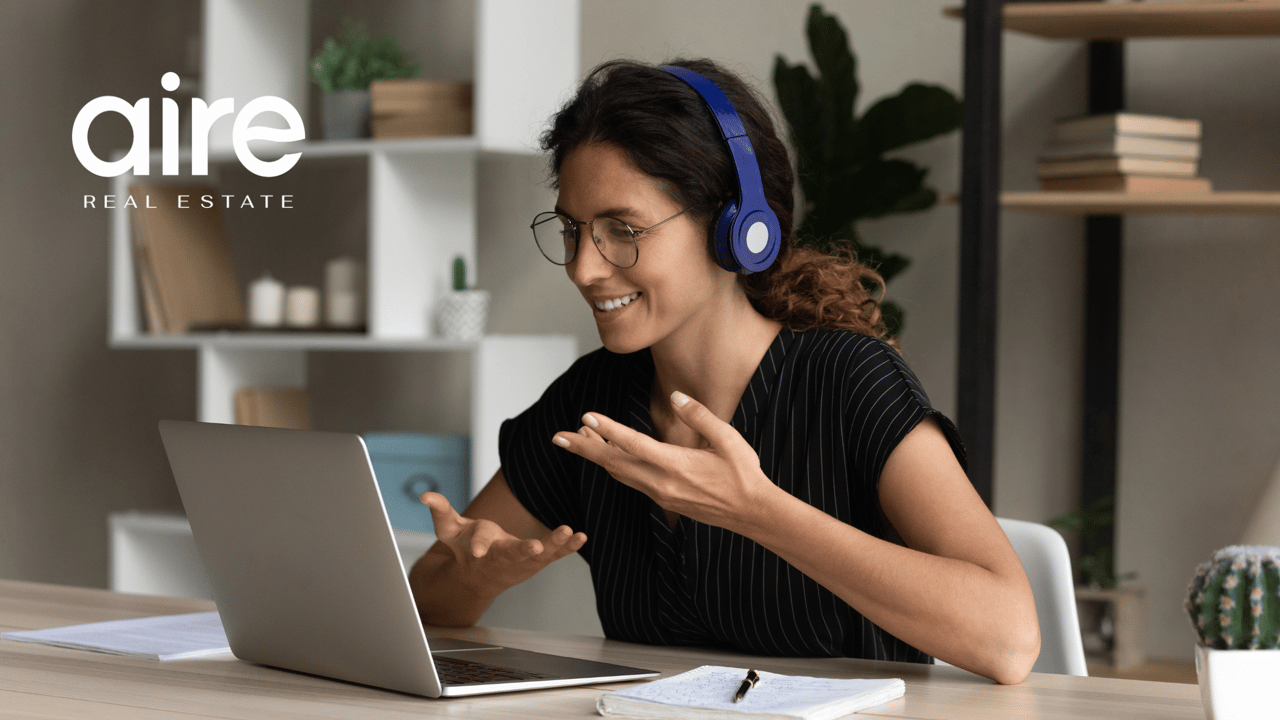Buying a home in Puerto Rico can be a dream come true—but before you sign on the dotted line, it’s crucial to understand the inspection process. A thorough home inspection helps protect your investment, uncover hidden issues, and provide peace of mind.
In this homebuyer inspection guide, we’ll walk you through what to expect, what to look for, and how to ensure your property checks are done the right way—especially in Puerto Rico’s unique climate and market.
🏠 Why Home Inspections Matter
A home inspection is more than a formality—it's your chance to assess the condition of the property before committing to the purchase. In Puerto Rico, where homes face high humidity, tropical storms, and sometimes deferred maintenance, skipping this step can be risky.
Homebuyer inspections help you:
-
Detect structural or mechanical problems
-
Estimate future repair costs
-
Strengthen your negotiating position
-
Avoid unpleasant surprises after closing
🔍 The Home Inspection Process in Puerto Rico
Here’s a step-by-step overview of a typical inspection process on the island:
✅ Step 1: Hire a Certified Home Inspector
Look for an inspector who:
-
Is licensed and insured (if applicable)
-
Has experience with Puerto Rican construction styles
-
Understands coastal and tropical weather-related risks
A good inspector will also provide a detailed written report with photos and recommendations.
✅ Step 2: Attend the Inspection (If Possible)
Being present during the inspection gives you the chance to:
-
Ask questions in real time
-
Understand issues more clearly
-
See the home's systems and layout firsthand
If you're buying remotely, request a virtual walkthrough or a video summary.
✅ Step 3: Key Areas for Property Checks
The most important property checks during an inspection include:
🏚️ Structure & Foundation
-
Look for cracks in walls or floors
-
Check for signs of shifting or water damage
-
Pay close attention in older or hillside properties
💧 Roof & Drainage
-
Is the roof in good shape?
-
Are there signs of leaks, mold, or water stains?
-
In Puerto Rico, make sure water drains properly during heavy rains
⚡ Electrical Systems
-
Check breaker panels, outlets, and grounding
-
Look for outdated or hazardous wiring
-
Verify that appliances and lighting work properly
🚰 Plumbing
-
Run all taps and check for leaks
-
Flush toilets and test water pressure
-
Inspect water heater condition
❄️ HVAC / Air Conditioning
-
Test air conditioners—essential for tropical living!
-
Look for rust, mold, or unusual noise
-
Verify regular maintenance records if possible
🦠 Mold & Moisture
-
Check around windows, bathrooms, and under sinks
-
Mold is common in humid areas—don’t overlook musty odors
-
A mold inspection may be needed for older or unventilated homes
🌀 Hurricane-Readiness Features
-
Are there storm shutters or impact-resistant windows?
-
Is the roof secured for high winds?
-
Are there backup power or water systems?
📝 After the Inspection
Once the homebuyer inspection is complete, review the full report with your real estate agent and decide how to proceed.
You may:
-
Move forward with the purchase as-is
-
Request repairs or a price reduction
-
Walk away from the deal, depending on your contract terms
💡 Additional Property Checks to Consider
-
Pest inspection: termites and rodents are common in tropical climates
-
Cisterns or water tanks: verify condition and cleanliness
-
Septic systems: especially for rural homes
-
Title search and legal review: to ensure the property is clear of liens or disputes
Final Thoughts
A proper inspection process is one of the most critical steps in buying a home in Puerto Rico. From weather-related wear to outdated infrastructure, homebuyer inspections help you make an informed decision and protect your investment.
Whether you're buying a beach condo, mountain retreat, or family home, don’t skip your property checks—they could save you thousands in future repairs and ensure your Puerto Rican home truly is a paradise.




